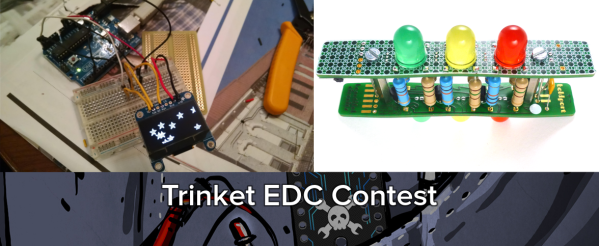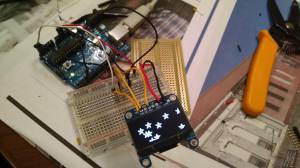An accelerometer is the ubiquitous little sensor that tells your tablet when to flip orientation or informs the brain of your quadcopter how closely its actual actions are matching your desired ones. In a quick three minutes, [Afroman] explains what is inside an accelerometer and how they work.
It turns out the tiny devices that report acceleration in one, two or three dimensions are not powered by magic complicated mechanisms but very simple Micro Electro-Mechanical Systems or “MEMS.” MEMS are similar to copper/silver/gold-wired integrated circuits except in a MEMS circuit conductive silicon is used and they actually physically move, but only just a bit.
The secret is in creating microscopic capacitors along a weighted lever that flexes in response to changes in velocity. When the plates flex the distance between them changes which alters the capacitance. This translates physical motion into voltage which can then be interpreted by the rest of your circuit. The chemistry behind MEMS is interesting too.
This Christmas when your laptop’s power cord clotheslines your cousin’s kid, your hard drive has a chance of parking the head (on the drive, not on the child) between fall and impact and preventing damage (to the drive, not to the child) because of an accelerometer. If bad roads cause you to drift into the ditch, it is an accelerometer that senses the crash and tells your airbag to deploy before your body hits the steering wheel.
The MEMS market is exploding right now and for us hackers in particular, Wearables are looking to be a big part of that growth.








 We hope [davish] enjoys his new
We hope [davish] enjoys his new  If you didn’t win this week, all is not lost, you still have one more chance to win a random drawing! Our next drawing will be on 12/30/2014 at 9pm EST. The prize will be a
If you didn’t win this week, all is not lost, you still have one more chance to win a random drawing! Our next drawing will be on 12/30/2014 at 9pm EST. The prize will be a 









